Vegetative: The white wood aster tends to grow somewhat colonially, spreading slowly by underground rhizomes. Less commonly, it will spread by layering, with the stems rooting from nodes. You can reproduce this plant both by division or by layering.
For division, isolate a stem or group of stems that is growing from a clump of these flowers, and dig them up, separating them from the root system and transplanting them to a new area. The disruption of the root system may cause some of the leaves to wilt, but my experience is that these plants usually transplant easily, and after a month or so, they will be growing again.
For layering, bend a stem to the ground and cover it in soil or leaf litter, then return later when the buried part of the stem has grown roots, and separate it from the original plant. Again, cutting the source stem may cause the leaves to wilt, but the plant will soon recover.
Shelter new plants that you have transplanted, divided, or layered, making sure they get ample water and are not exposed to too much direct sunlight.
From Seed: This plant is relatively easy to grow from seed; however, you may need a lot of seed in order to get good germination. Because seed production is small though, I recommend being cautious about gathering seed from wild populations. Only gather from the wild in areas where this species is abundant.
If you don't want to bother growing the plants yourself, you can look for seedlings, which are often common around the parent plants. But if you want to grow the plants yourself from seed, gather them in late fall or early winter, once they are mature but before they blow away in the wind. Sow seeds in fall and many will germinate in spring. If conditions are right and you use a lot of seed, you may even get some germination by merely scattering the seed, but keep in mind the seeds are loved by wildlife so many will get eaten if you scatter them.
Watch carefully for the tiny seedlings. In shade, seedlings will grow slowly and may only reach a couple inches in height by the end of the first year.


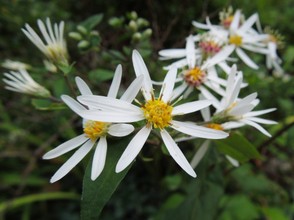
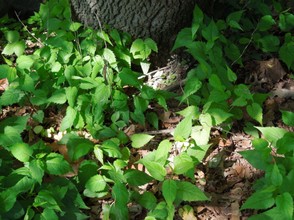
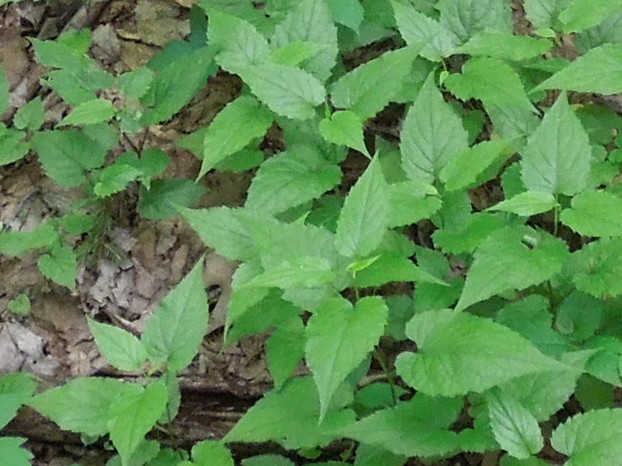
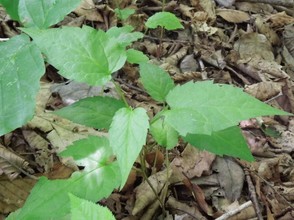
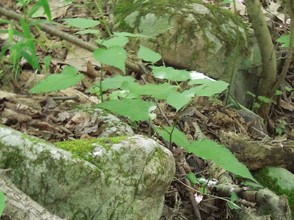


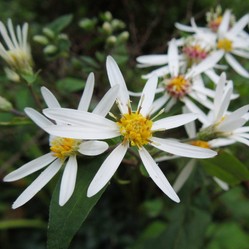

 The Shaming of Femininity and Elevation of Masculinityon 07/13/2017
The Shaming of Femininity and Elevation of Masculinityon 07/13/2017
 What is Genderqueer or Non-Binary Gender?on 10/16/2015
What is Genderqueer or Non-Binary Gender?on 10/16/2015
 Resources for Learning Spanish Free Onlineon 04/13/2016
Resources for Learning Spanish Free Onlineon 04/13/2016
 Ways Native Plants Can Help Control Invasive Plantson 05/26/2016
Ways Native Plants Can Help Control Invasive Plantson 05/26/2016
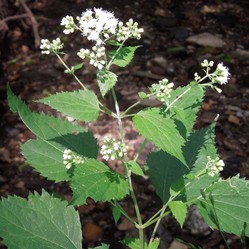
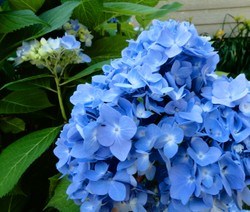
Questions? Comments? Feedback?
Thanks!
I'd be cautious of growing plants like this in the UK, especially a robust plant like this with wind-dispersed seeds. Here, our ecosystems are being devastated by a lot of plants introduced from Europe and Asia, and I'd be worried that plants like this could cause the same sorts of problems there.
The problem is that plant in a given area co-evolve with insects. So like, here, these plants are good for the ecosystem because they support lots of native insects that eat them, which in turn support birds and other wildlife. The introduced species are often eaten by far fewer local insects, which gives them an advantage over the native plants--they thus grow more vigorously and out-compete them, and the food web falls apart because there are so many fewer insects.
I see this a lot where I live...there are areas where forests are overtaken by huge thickets of Japanese knotweed, Japanese stiltgrass, or meadows overtaken by canada thistle (introduced from Europe, in spite of the name), or areas where the main trees are Norway Maple or Ailanthus altissima. These areas, while lush and green, are like ecological dead-zones, with much lower insect biodiversity, poorer habitat for native birds too.
Great to see your American flowers. In the 1700's a John Tradescant brought many wild flowers from America back to the U.K.